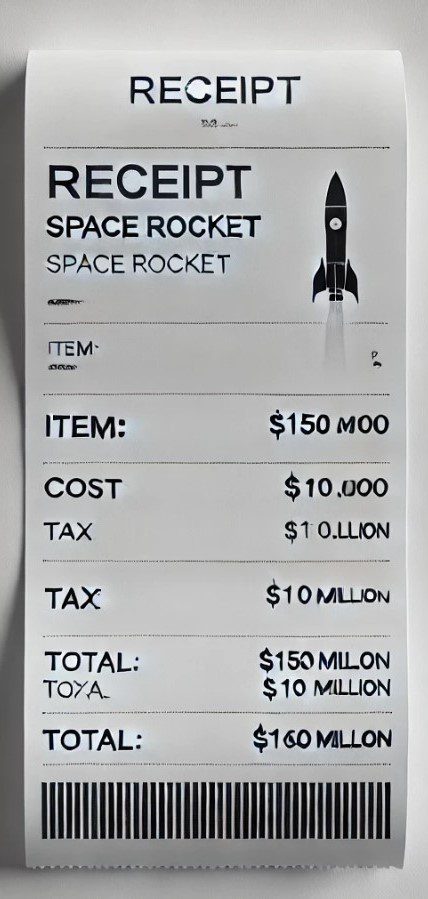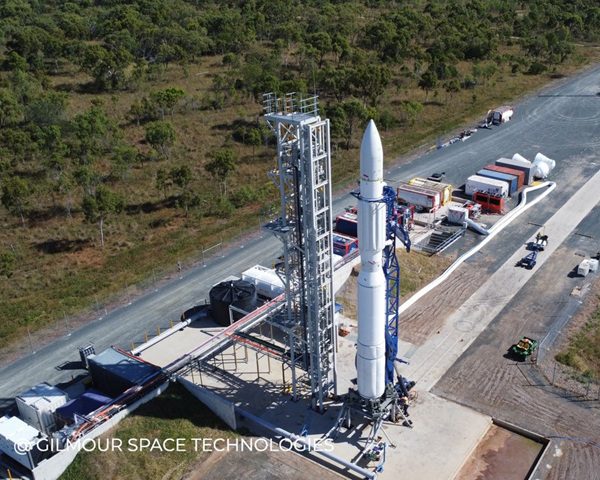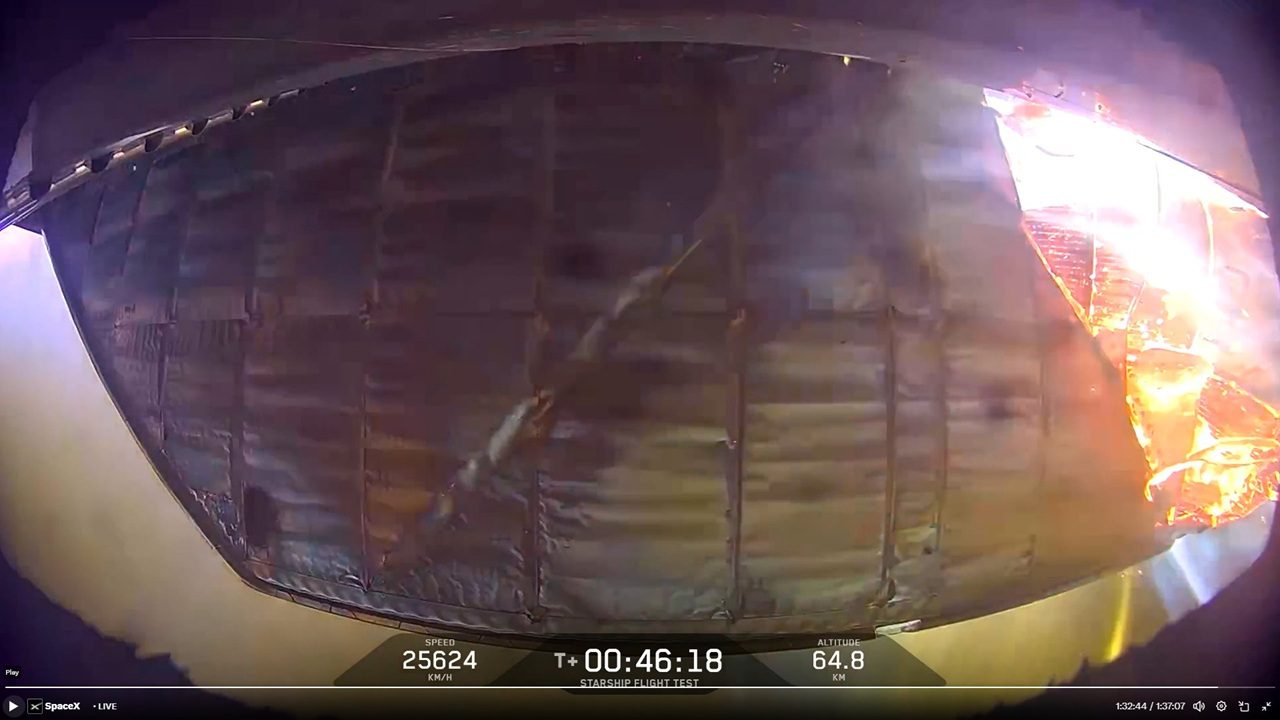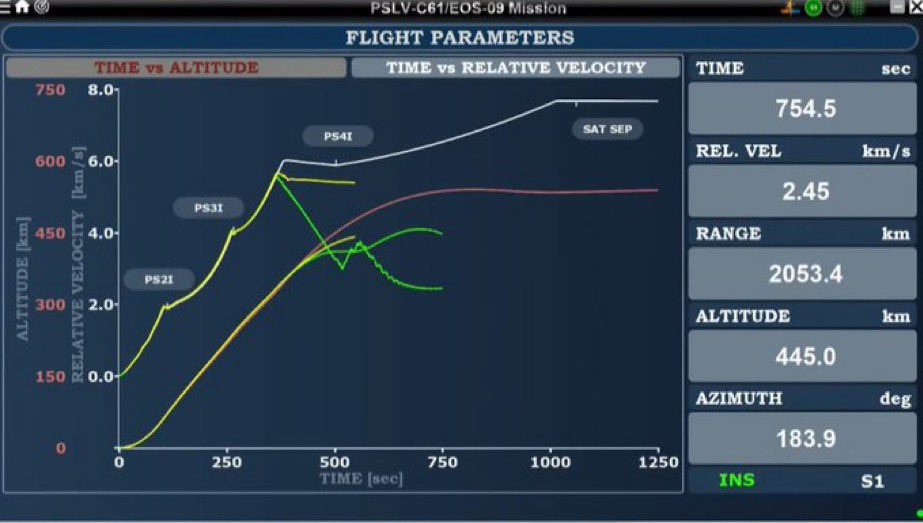Like schoolboys in a school yard boasting about their respective prowess or possessions, a war of words has broken out between the UK and Russian defence ministries on whose aircraft carrier is best.
The UK Defence Secretary, Michael Fallon opened up last year in describing the Russian Navy’s Admiral Kutnesov as a “ship of shame” for its role in bombing Syrian rebel civilians, and then later denigrated as being “old, dilapidated” and likely to break down. Still, at least it has some fine jet fighter aircraft aboard it – the Sukhoi Su-33 – even if they ideally should had some catapults to help their lift off.
For as he “bigged up” the Royal Navy’s new aircraft carrier HMS Queen Elizabeth – now on its sea trials – Michael Fallon failed to mention that due to cutbacks by previous governments (especially the Conservative ones) there were no aircraft on the UK’s new aircraft carrier. For all the Harrier and Sea Harrier jet fighter-bomber aircraft which would have been able to use the carrier had been sold or scrapped before their US-built Lockheed Martin F-35B replacement was ready. Worse was that the originally planned catapults for HMS Queen Elizabeth (and its later sister HMS Prince of Wales) which would have allowed other types of aircraft to fly off them, were left off, for, yes you have guessed it, cost reasons.
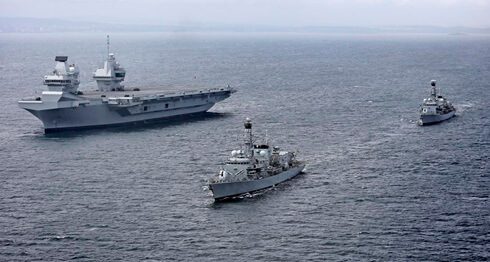
HMS Queen Elizabeth – sans aircraft – is escorted by two Royal Navy frigates. Courtesy: Royal Navy/MOD/Crown Copyright
Its “lack of teeth” was a point well made by the Russian Defence ministry spokesman Maj Gen Igor Konashenkov who criticised Fallon’s exalted statements saying: “Unlike the Admiral Kuznetsov aircraft carrier, fitted with air-defence, anti-submarine and, most importantly, Granit anti-ship missile systems, the British aircraft carrier is just a convenient, large maritime target.”
This was quite a wounding statement, especially as even the Royal Navy’s destroyers and frigates which escort the carrier are soon to be denuded of their own anti-ship missiles for cost/availability reasons.
And without aircraft, or missiles to protect it, the HMS Queen Elizabeth really is just a “large maritime target” – well, at least, for the time being.
Of course, whether they have aircraft on them or not, both Russian and UK aircraft carriers are vulnerable – especially to a new class of anti-ship ballistic missile such as the Chinese DF-21D. These satellite-targeted missiles and their conventional warheads crash down “from the Gods” and are specifically designed to be “carrier killers”.
Mind you, in that instance, at least the awaited F-35B jet’s vertical landing system will allow these to be used from other ships especially if a take off and landing deck is quickly plated onto them.
Using such auxiliary “mini-carriers” to “spread the risk” would mean that all the aircraft not be lost a carrier was sunk.
As it was, during the Falklands War, it was an “auxiliary carrier” that was sunk. The Atlantic Conveyor – a civilian container ship – effectively became a sort of transport auxiliary carrier with a vertical lift off/landing pad when it was used to transport additional Sea Harriers and helicopters to the Falklands. However, while its Sea Harriers has been flown off beforehand, it, and its complement of helicopters were lost after an Argentinian Exocet sea skimming anti-ship missile hit the ship and set it on fire.


